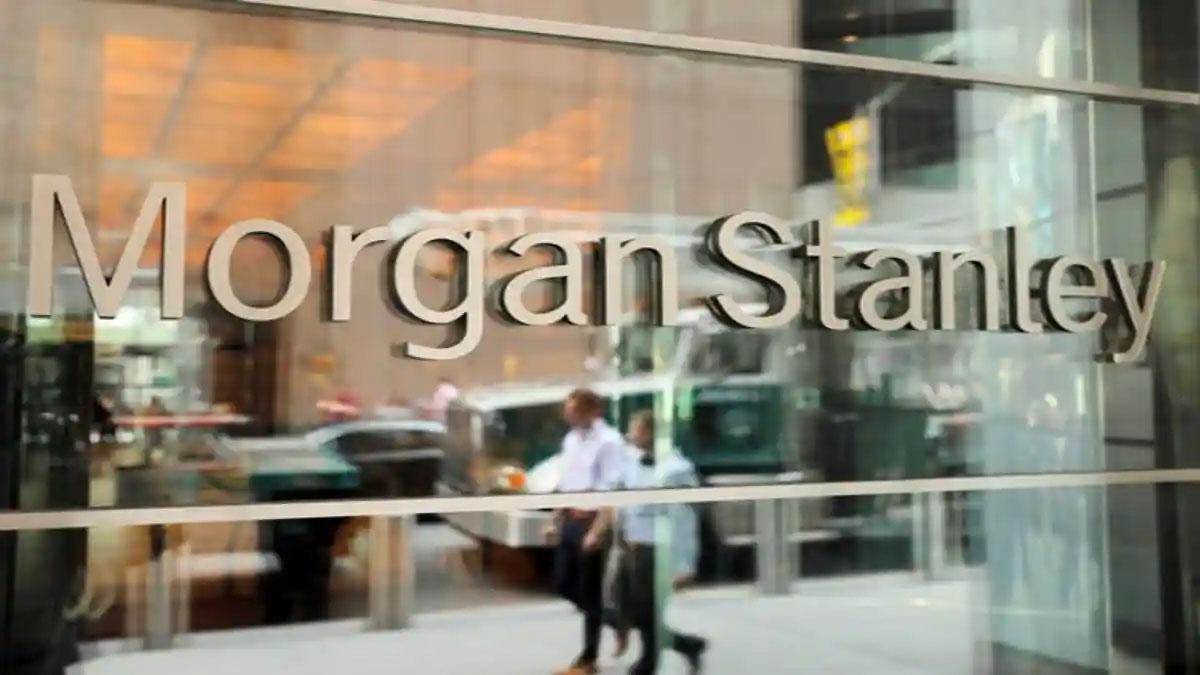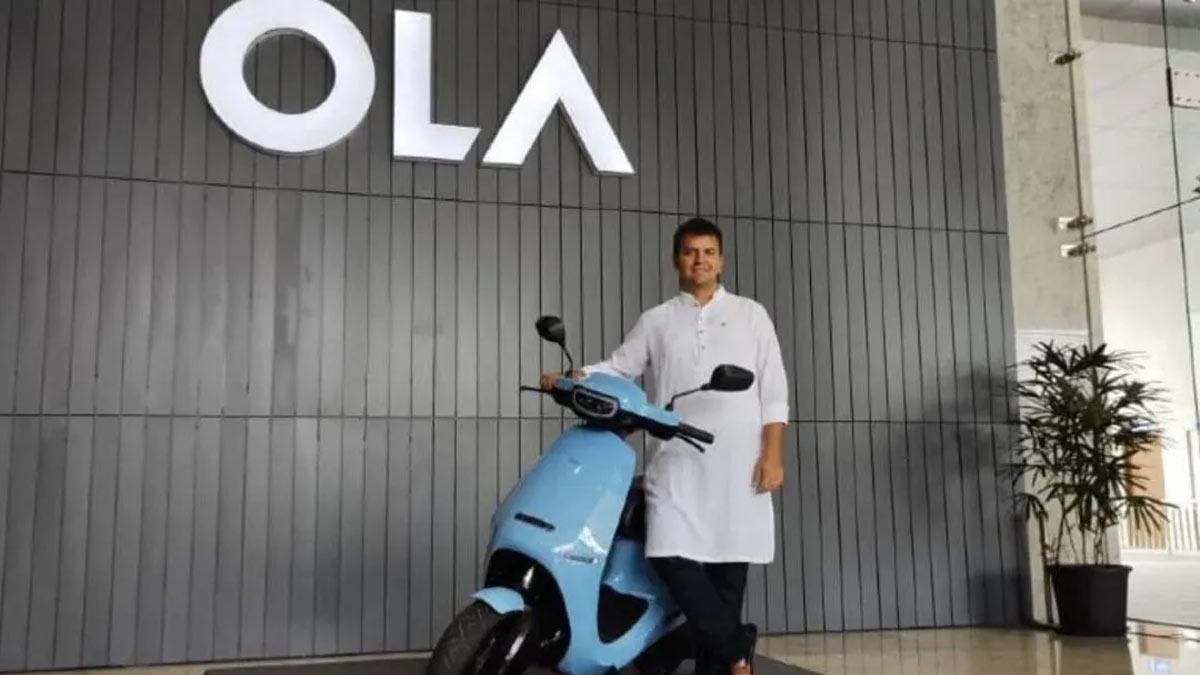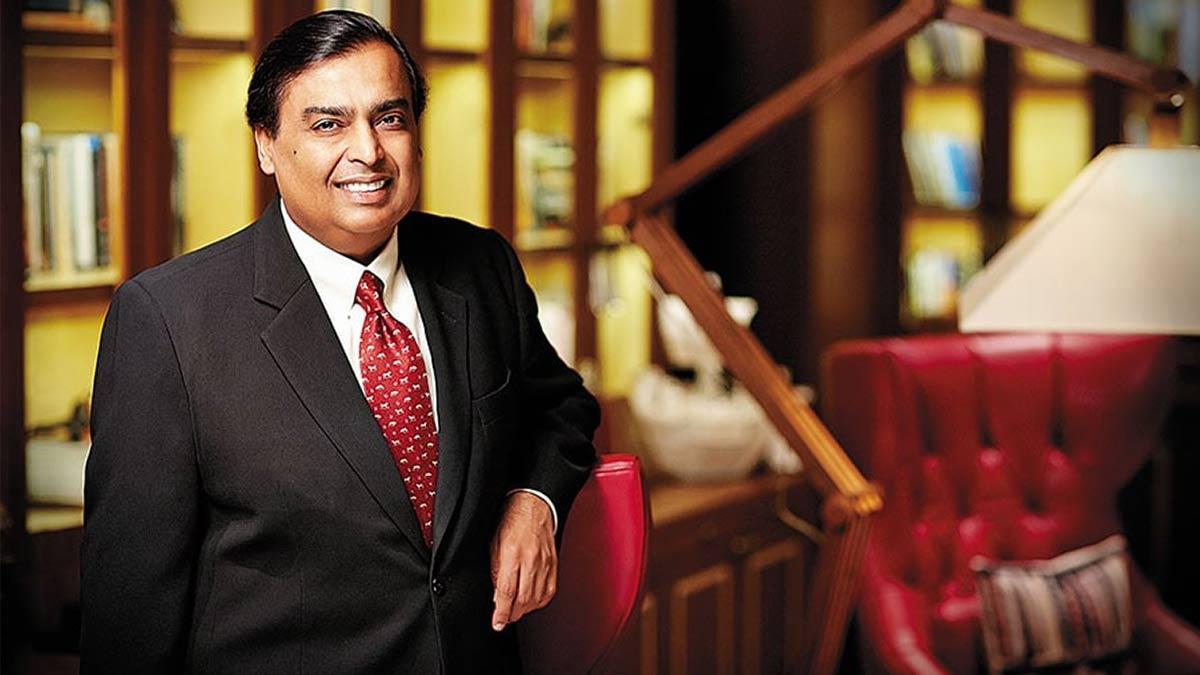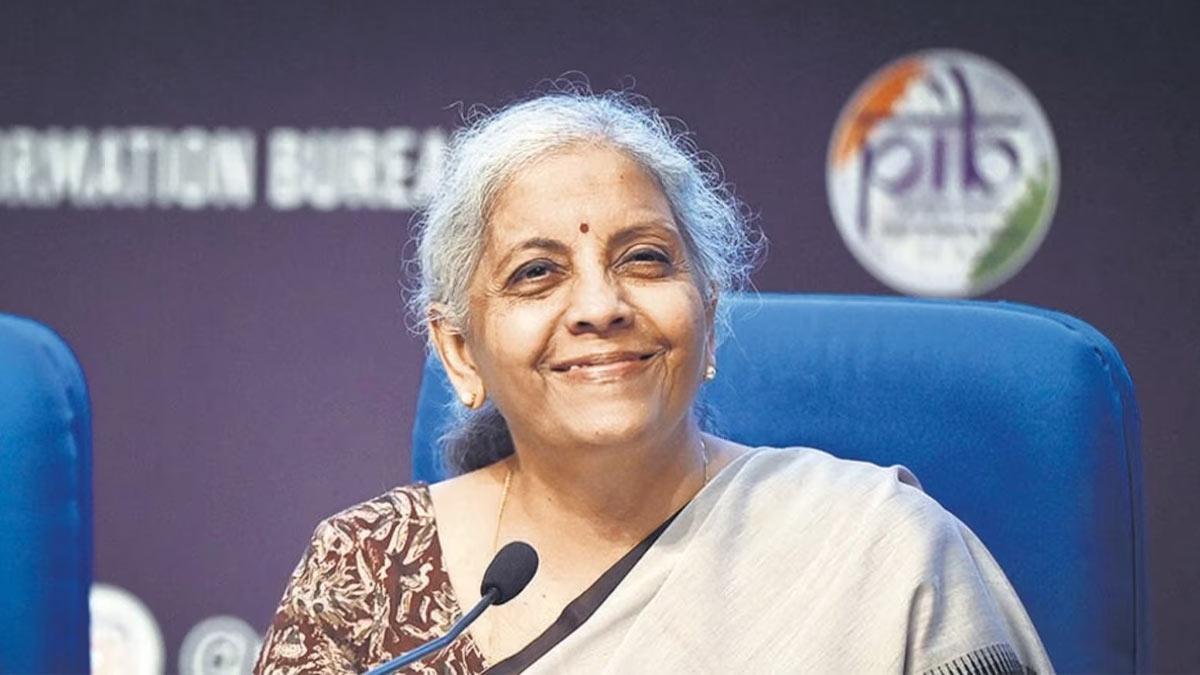India is currently experiencing a remarkable surge in economic growth reminiscent of the period between 2003 and 2007, where the average growth rate exceeded 8 percent, as stated by economists at Morgan Stanley. In their report titled 'The Viewpoint: India - Why this feels like 2003-07', Morgan Stanley highlights how after a decade of declining investment-to-GDP ratios, capital expenditure (capex) has emerged as a pivotal driver of growth in India.
The ongoing cycle is characterized by investment outpacing consumption, with public capex leading initially but private capex swiftly catching up. Urban consumer spending has taken the lead, followed by a resurgence in rural demand. Additionally, India's market share in global exports is rising, while macroeconomic stability risks are being effectively managed.
A key feature of this expansion is the notable increase in the investment-to-GDP ratio, mirroring the trajectory seen during 2003-07 when it rose from 27 percent in Fiscal Year (FY) 2003 to 39 percent in FY 2008, nearing its peak. Following a period of stagnation from FY 2011 to 2021, this ratio has now rebounded to 34 percent of GDP and is projected to further increase to 36 percent by FY 2027.
During the 2003-07 period, the capex boom drove productivity gains, job creation, and income growth. The economy absorbed more labor, leading to a rise in savings to GDP from 28 percent in FY 2003 to 39 percent in FY 2008. GDP growth averaged 8.6 percent during this time, with manageable headline CPI inflation averaging 4.8 percent. The current account balance remained within acceptable limits, even amidst challenges such as soaring oil prices.
Gross fixed capital formation (GFCF) growth in India surged from 8.2 percent in 2002 to 17.5 percent in 2004, maintaining a robust pace at 16.2 percent during 2005-07. This was supported by fiscal consolidation, resolution of non-performing loan issues in the banking system, and a conducive environment for capex.
In the ongoing cycle, real GFCF growth remains strong at 10.5 percent, surpassing the pre-COVID average of 9.6 percent in 2017-18. Public capex has been the primary driver so far, with the corporate sector gradually recovering from previous shocks, reflected in the uptick in corporate profits to GDP.
However, private consumption still lags behind, registering only 3.5 percent growth in the December quarter, below the pre-COVID average. Policymakers have focused on supply-side reforms, leading to an increase in real government fixed capex growth from FY 2020 onwards, preceding the recovery in private capex.
Morgan Stanley emphasizes the significance of public capex in sustaining the overall capex cycle, particularly in addressing supply-side bottlenecks to facilitate private investment. Infrastructure projects, though with lengthy gestation periods, yield substantial positive externalities, underscoring the importance of public sector spending in laying the groundwork for private capex expansion.
Read also | India's Exports Reach 11-Month Peak in February Amidst Red Sea Crisis
Read also | India's Foreign Exchange Reserves Reach Two-Year Peak at $636.1 Billion


















